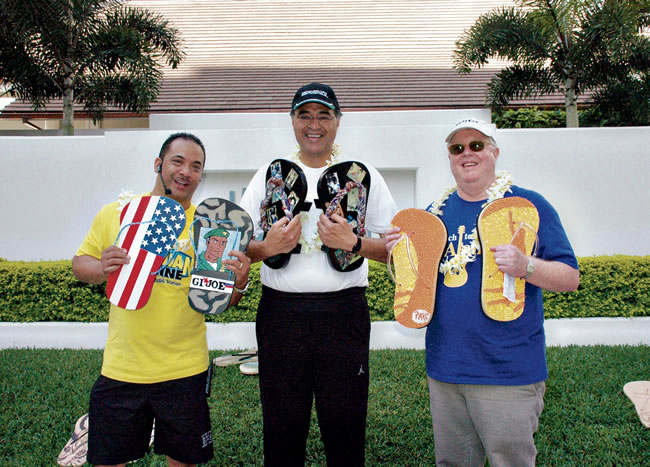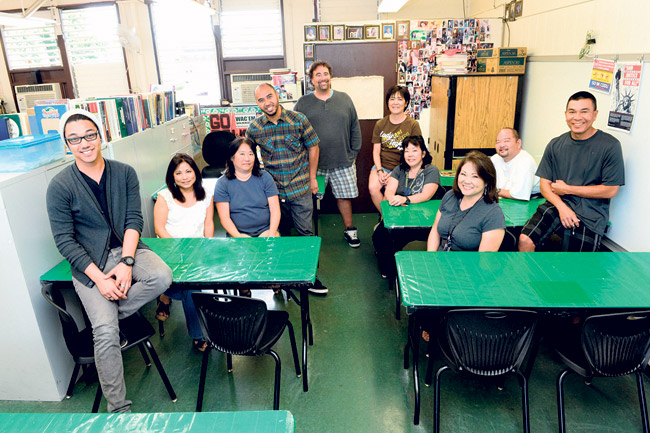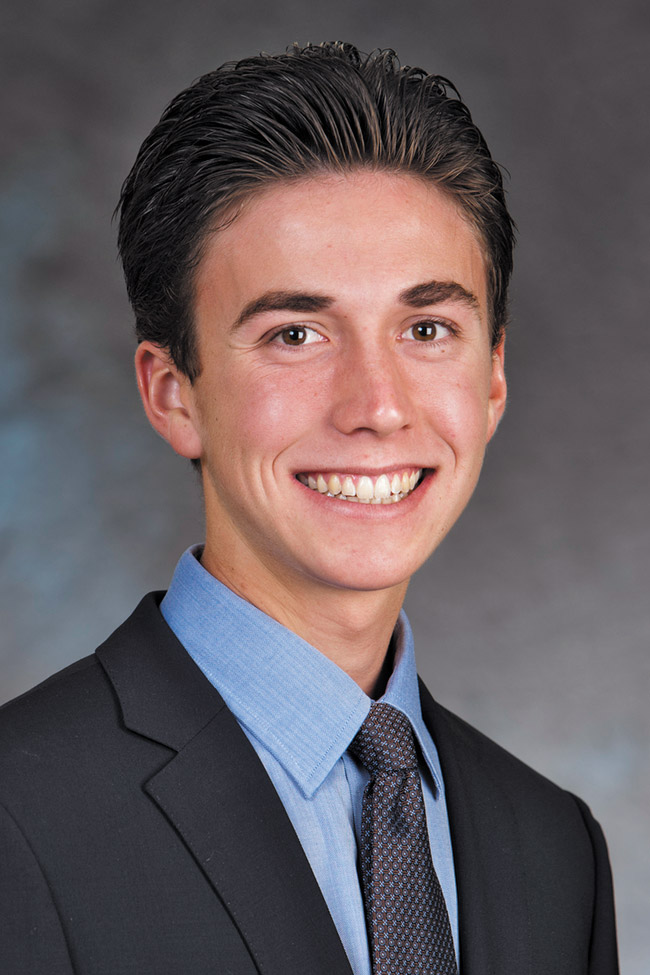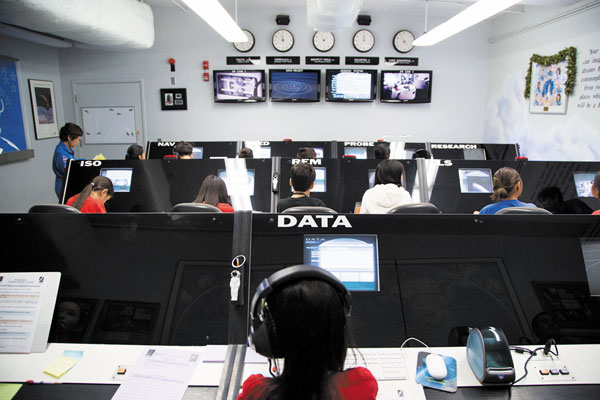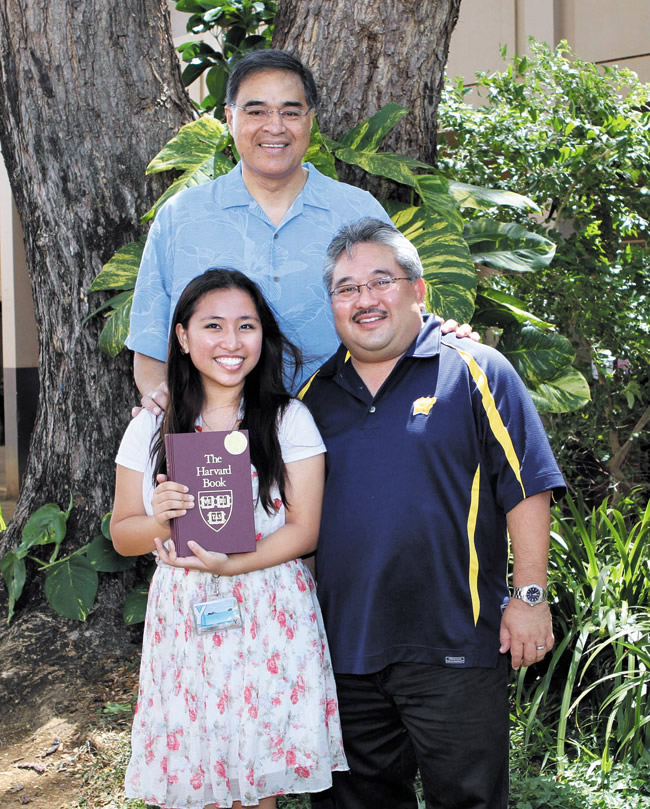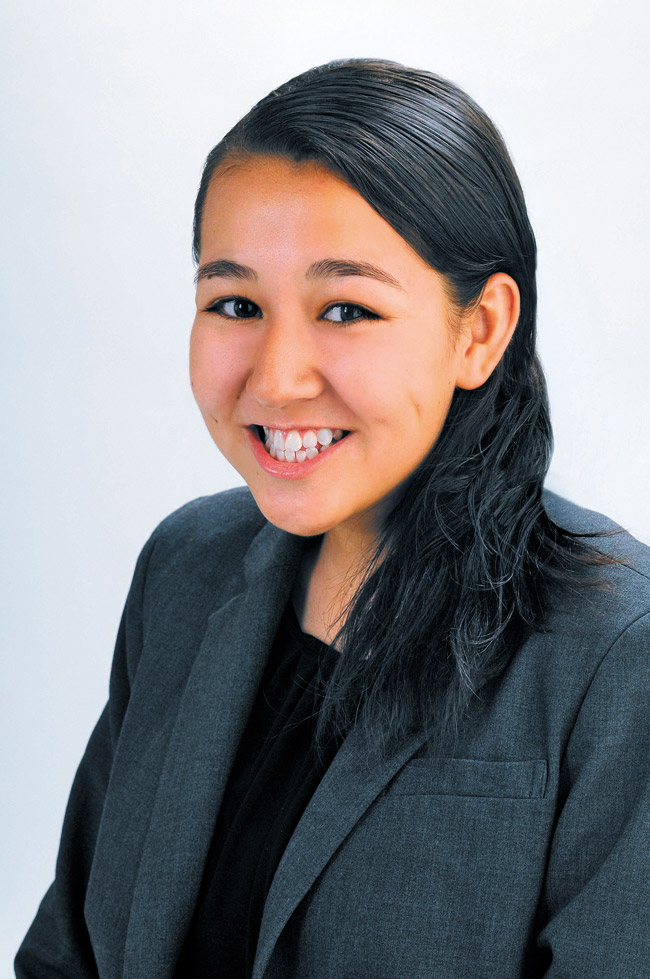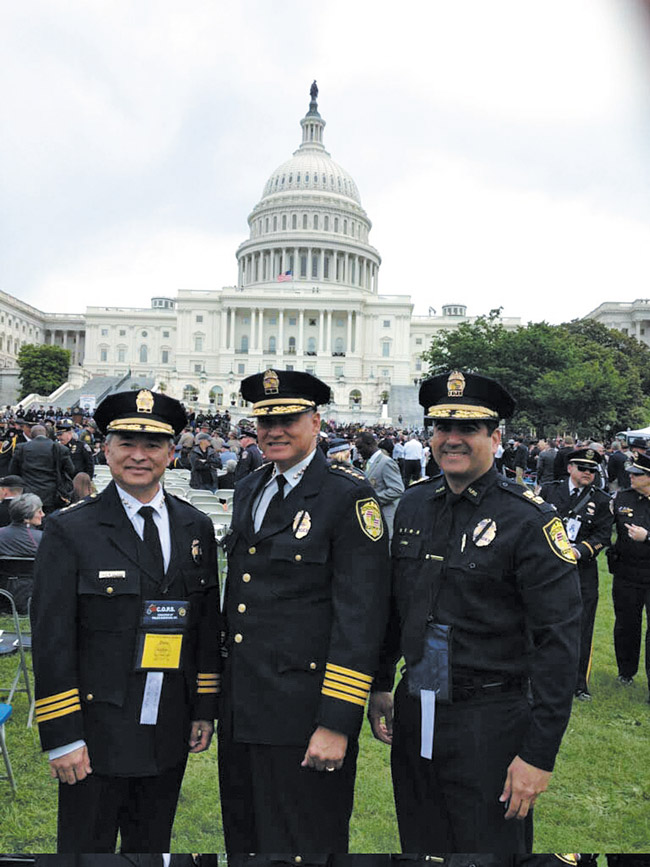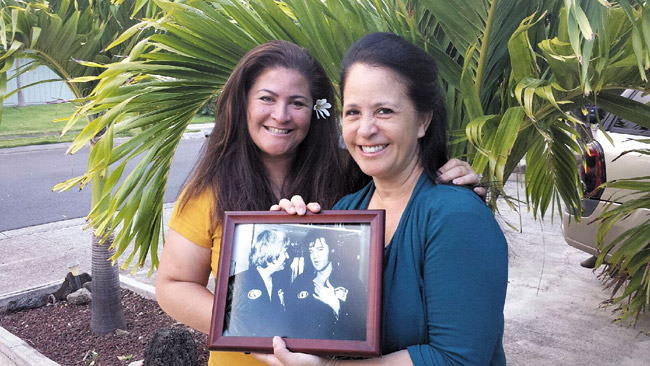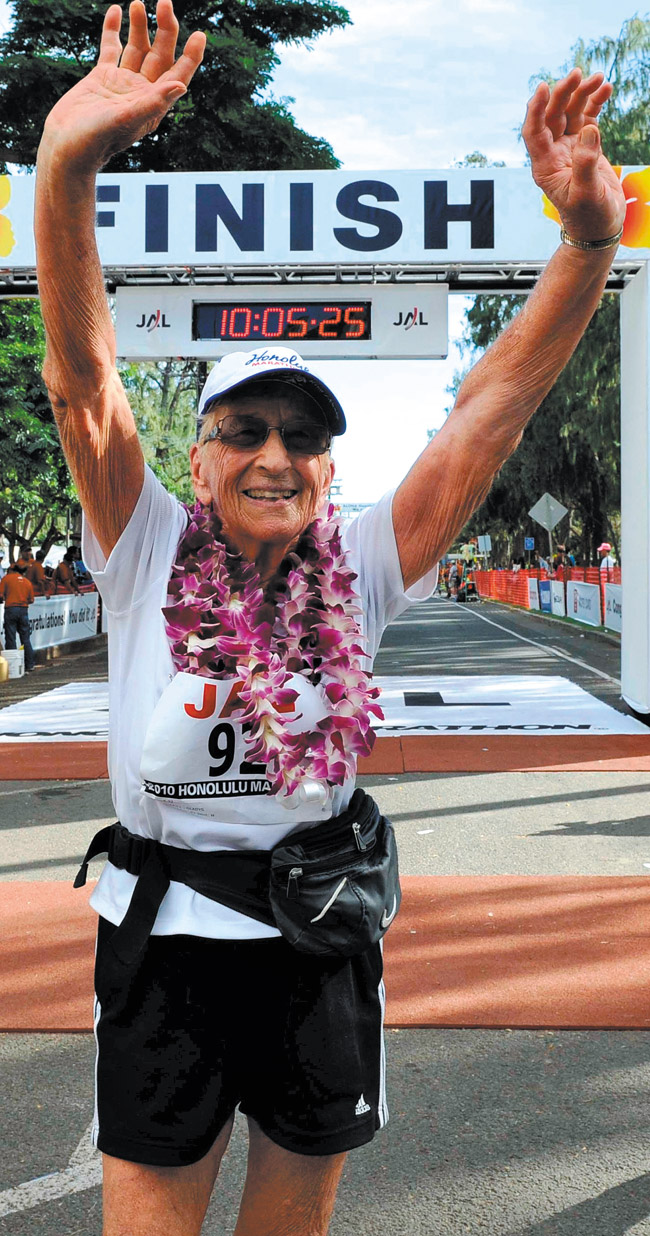The Outrigger Hotels story is part of local business folklore, but it’s a story worth repeating.
Roy and Estelle Kelley came to Hawaii in the late 1920s, where Roy took a job with noted architect C.W. Dickey and designed some of Honolulu’s iconic (and still standing) buildings. The Kelleys were entrepreneurs at heart, so in 1932 they built a six-room apartment house in Waikiki; others would follow. But recognizing that the tourism market was geared toward the wealthy, Roy Kelley decided to build the 50-room Islander Hotel on Seaside Avenue to target middle-income family travelers.
That was in 1947, and the Islander was followed by the completion of the Reef and Reef Towers hotels in the 1950s. In late 1963, Roy Kelley signed a lease for oceanfront property occupied by the Outrigger Canoe Club, constructed the Outrigger Waikiki, and gave birth to the company’s name.
In the 1970s, the Kelley’s eldest child, Richard, took over the business. The Stanford University and Harvard University alumnus had a medical degree and completed his training at Queen’s hospital. But the hotel business was in his genes, and in 1971 he became Outrigger’s president and CEO.
“Doc” Kelley would lead the expansion of the company beyond Oahu. In 1989, the company sold six of its Waikiki hotels to outside investors but maintained long-term management contracts for each. The money raised was used to pursue renovation and expansion of the Outrigger properties. Doc Kelley also passed the baton to his son-in-law, David Carey, who was named president and COO, while Kelley became CEO and chairman.
During the 1990s, the company assumed management of the former Hilton Kaua’i Resort and renamed it Outrigger Kaua’i Beach Resort. Outrigger purchased the Royal Waikoloan on the Big Island, renamed it the Outrigger Waikoloa Resort and invested heavily in renovations. It acquired the Aston Wailea Resort on Maui, renaming it the Outrigger Wailea Resort and making major renovations.
During the 2000s, Outrigger began managing hotels under independent brands. The first was in 2003 when Outrigger flagged the former Outrigger Waikoloa Resort and Outrigger Wailea Resort properties with the Marriott brand. That success opened up new opportunities, and Outrigger today is no longer just a single-brand hospitality company. Rather, it offers a wide array of accommodations under such names as the Embassy Suites-Waikiki Beach Walk, Holiday Inn Waikiki Beachcomber Resort, Best Western Plaza Hotel and Kapalua Villas. An Outrigger affiliate operates the Ala Moana Hotel.
One of the Outrigger’s crown jewels in Waikiki is its Beach Walk project, a 7.9-acre redevelopment in the heart of Waikiki. The $535-million, 1.5-million-square-foot retail, dining and hotel project has transformed the area into a vibrant, pedestrian-friendly gathering place for visitors and locals.

Today, at 65 years young, the Outrigger Enterprises Group is one of the largest and fastest-growing lodging and hospitality companies Asia-Pacific. It remains family-owned, with an 11,000-room empire of 45 hotels, condominiums and vacation resort properties in operation or under development in Hawaii, Australia, Guam, Fiji, Bali, Thailand, Vietnam and China.
This anniversary is a testament to the vision of the entire Kelley family.
MUFI’S VISITOR HEROES
Matt Sproat
Position: Guest Service Representative
Location: Outrigger Hotels
As the Outrigger Hotels celebrates its 65th anniversary in 2012, what better time to do a shout-out to Matt Sproat, an employee of the company for 17 years. Matt was honored as an exceptional employee with a Hawaii Lodging & Tourism Association Na Po’e Pa’ahana award in 2007, and topped it with three Na Hoku Hanohano trophies a few weeks ago. In addition to his daily front-desk duties, Matt teaches cultural education classes at the Outrigger Reef and Outrigger Waikiki and hosts and coordinates their wedding vow renewal ceremony four times a week. A lifelong student of some of Hawaii’s most-revered musicians and storytellers, his work with the Outrigger has enabled him to pursue music while sharing his love and knowledge about the native Hawaiian culture with visitors from all over the world. His devotion to learning and teaching paid off this May when Matt and his musical group, Waipuna, won three Na Hoku Hanohano Awards for single of the year, group of the year and island music album of the year.

